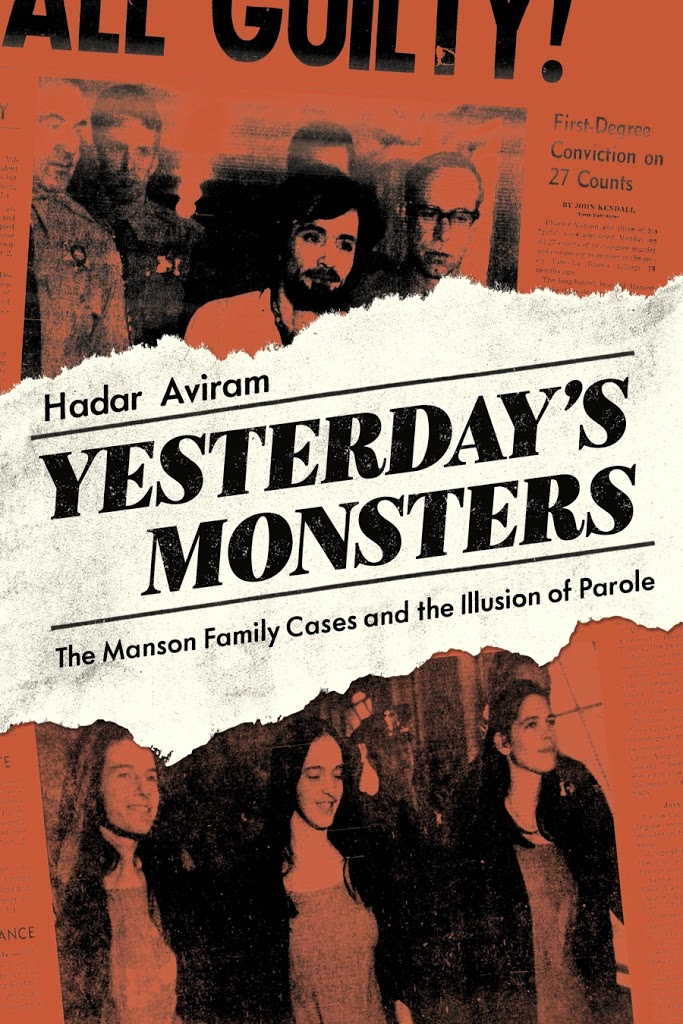The classic approach toward violent crime that scares us has been to ratchet up sentencing. But draconian sentences do not function well as deterrents of crime. General deterrence is a function of three factors: the severity of the sentence, the certainty of getting caught, and the speed at which justice is administered. The Achilles’ heel of this trifecta is the certainty factor. It is often very difficult to get witnesses to come forward and testify against perpetrators of violent crime, and this is partly why a third of U.S. homicides remain unsolved. Often, the police and prosecution has some notion of the perpetrator’s identity, but not enough evidence to bring charges against him or her. Even the most aggressive prosecution or the most severe sentences won’t result in getting the person off the street, and certainly not of making us safer (though they will, and do, result in clogging our prisons.) And of course, the goal is not (or should not be) putting people behind bars for incarceration’s sake. We all benefit so much more if we prevent homicides from happening in the first place.
Which is why the City of Sacramento is ready to try something new. Following the example of the City of Richmond, Sacramento is investing in a new initiative, known as Advance Peace.
Advance Peace focuses specifically on gun violence, and on the evidence-backed premise that, typically, a small number of perpetrators are responsible for a considerable percentage of the gun violence in a city. This is true for both Richmond and Sacramento: in the latter, the police estimate that there are fifty easily identified people who commit most gun crimes in the city–even though there isn’t necessarily evidence against them that would stick in court. The program consists of personalized, early intervention with these particular individuals, providing them with mentoring and opportunity, and diverting them away from gun violence. In the program’s words:
Advance Peace interrupts gun violence in American urban neighborhoods by providing transformational opportunities to young men involved in lethal firearm offenses and placing them in a high-touch, personalized fellowship.
By working with and supporting a targeted group of individuals at the core of gun hostilities, Advance Peace bridges the gap between anti-violence programming and a hard-to-reach population at the center of violence in urban areas, thus breaking the cycle of gun hostilities and altering the trajectory of these men’s lives.
Advance Peace works with both public and community-based stakeholders to establish responsive community-driven strategies that achieve high-impact outcomes for those caught in the cycle of urban gun violence.
The Richmond program, which has been in place since 2010, has been a success. Between 2010 and 2016, homicides in Richmond fell 60% (77% according to NPR, but there’s been a little uptick in 2017). This is more than twice–and almost thrice–the decline that other cities have seen. In addition, out of the 84 fellows who started the program in 2010, 94% are alive, 83% have had no gun injuries or hospitalization, and 77% have not been suspected of any gun activity. This is remarkable given the program’s focus specifically on people who were active participants in the gun violence scene in the city.
Sacramento is hoping to see the same benefits, but the program is not without its detractors. As usual, the objection is not scientific but moral/political: the program involves stipends to the perpetrators, and “rewarding bad boys” is a controversial move when the money could be used to reward “good boys.”
Municipalities always operate in an environment of limited resources. Giving money to suspected gun criminals takes it away from education, infrastructure, and health care, which feels understandably unfair. But when allocating money, “what’s fair” should not be the only, or perhaps even the dominant consideration. Where would the money spent on this program make us safer?
To answer this, we need to widen our perspective to understand a debate raging in the last few years about the causes of incarceration. The story we have told ourselves for decades–I’m guilty of this as well–places the blame for mass incarceration on the racialized war on drugs. According to this story, popularized by Michelle Alexander to the point that it’s difficult to argue with laypeople about it, Nixon and Reagan targeted people of color, incarcerating them for nonviolent offenses for unconscionably long periods of time, leading to the explosion of prison population and especially to its racial distribution.
But recently, John Pfaff has drawn our attention to the fact that the bulk of incarcerated people in America are doing time for violent crime. Adam Gopnik summarizes Pfaff’s argument as follows:
During the great wave of incarceration—generally thought to have begun around 1980, and cresting about three decades later—state prisons added something like a million inmates, with about “half that growth coming from locking up more people convicted of violence,” Pfaff calculates. Nonviolent drug offenses accounted for only around a fifth of the new incarcerations.
What’s more, many of the drug convictions were meant to be what Pfaff calls “pretextual attacks on violence.” Violent crimes that are associated with drug dealing are more difficult to prosecute than drug offenses themselves, which usually involve hard evidence rather than the testimony of witnesses. This argument sets off some suspicious-skeptical alarms, since it seems cousin to the idea that we might as well lock ’em up for drugs as for anything else, since, if we didn’t, “they” would be committing violent offenses anyway. “It is, of course, completely fair to debate the morality . . . of using drug charges to tackle underlying violence,” Pfaff observes, to his credit. He accepts that “blacks are systematically denied access to the more successful paths to economic stability,” and therefore “face systematically greater pressure to turn to other alternatives.” But he also makes a more complicated argument, following recent sociological research: it’s not that the prohibition of drugs attracts crime, which then produces violence; it’s that violence thrives among young men deprived of a faith in their own upward mobility, making drug dealing an attractive business. In plain English, young men without a way out of poverty turn to gangs, and gangs always turn to violence. Since efficient drug dealing is, by its illicit nature, likely to involve violence, those accustomed to violence are drawn to drug dealing. One sees the logic: Lucky Luciano and Al Capone weren’t ambitious street kids who chose bootlegging as a business, and were then compelled to become gangsters to pursue it, as in “Boardwalk Empire.” They were already cadet gangsters, who saw that their acquired skills lined up neatly with those demanded by bootlegging.
Pfaff’s conclusion from the data is that the responsibility for mass incarceration lies primarily with county prosecutors. The answer should, according to him, be a more parsimonious prosecutorial policy, avoiding overcharging even in violent offenses, which are, after all, not made of the same cloth. But what if instead of modifying prosecutorial policies after bad things happen we were to try and remedy the problem of lack of alternatives before the violence occurs?
This is exactly the rationale of programs like Advance Peace. By providing people who are at the very heart of violent behavior an opportunity to exit the violent world, we could provide more safety to more people, and at the same time target incarceration where it really matters.
To go down this path, we have to be courageous enough to understand that, ultimately, the city of Sacramento stands to benefit so much more from a reduction of violence–both in terms of preventing the violent incidents in the first place and in terms of reducing the costs of clogging the system with efforts to prosecute the targeted folks–than it would from the business-as-usual lock-’em-up policy. People who commit violent offenses are often caught for low-level drug offenses, and they will eventually leave prison more violent and less conducive to interventions than when they came in, and even if they are caught for homicide and placed in prison, we will all have to keep up the tab. If people do not commit crime to begin with, we all win. This may not be “fair”–to the extent that offering people opportunities that they’ve been deprived of their whole lives, pushing them to violence, is “unfair”–but it turns out to work better than the alternative.
I’m excited and happy to partner with the City of Sacramento to offer an expanded, data-rich version of this argument as a keynote speaker in their upcoming violence reduction summit. I hope to see many of you there.



